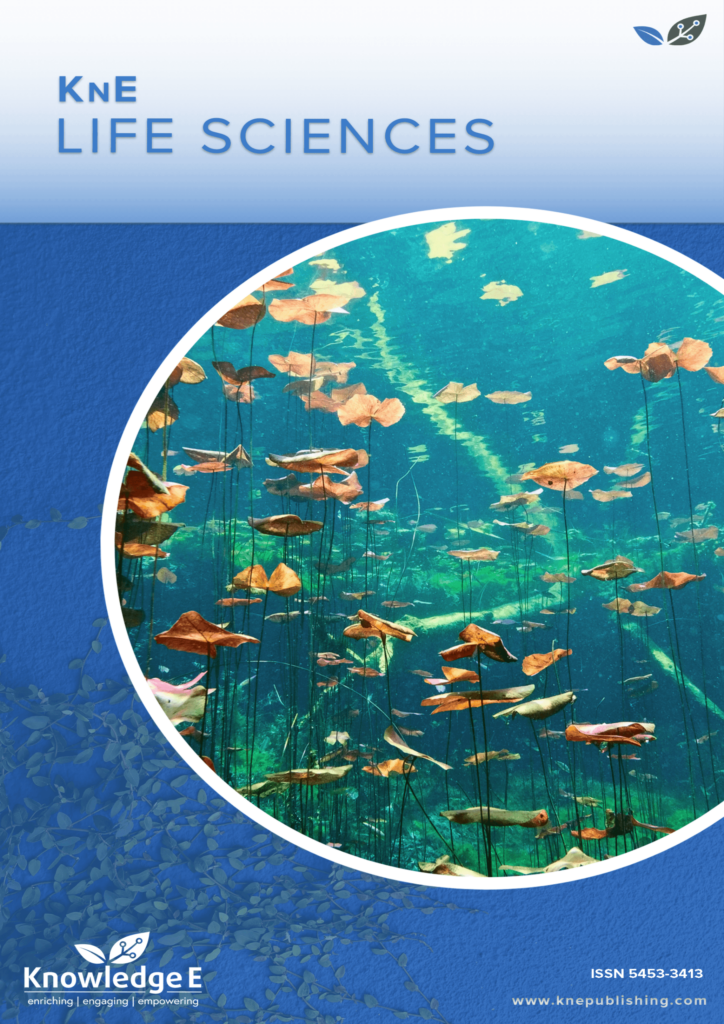
KnE Life Sciences
ISSN: 2413-0877
The latest conference proceedings on life sciences, medicine and pharmacology.
Arbi Care: An Educational Game Innovation To Increase Healthy Behavior Among Preschoolers
Published date:Jan 11 2018
Journal Title: KnE Life Sciences
Issue title: The 1st International Conference on Global Health
Pages:229-236
Authors:
Abstract:
To prevent diarrhea in children, an innovative approach is needed to promote healthy behavior. Games are widely recommended as a means of educating children in this regard. This paper describes the process of developing an educational game to increase healthy behavior for diarrhea prevention among preschool children. The reported study employed a research and development design involving four stages: define, design, develop, and disseminate. The process of developing the game involved (1) exploring the characteristics of games favored by the children; (2) designing an intervention based on those preferences; (3) validating the game prototype with experts and testing the game with preschool children to assess its applicability; and (4) revising the game for application as an intervention. Observation sheets were used to assess the game’s applicability. The results showed that 92% of the 10 preschool children were able to play the game (which we called arbi care) and to understand its message. The results indicate that the arbicare game can be
used asa learning device to increase healthy behavior related to diarrhea prevention among preschool children.
References:
[1] Akl, E.A., V. F. Kairouz, K. M. Sackett, W. S. Erdley, R. A. Mustafa, M. Fiander, C. Gabriel, and H.Schünemann. 2013. ”Educational Games for Health Professionals.”Cochrane Database of Systematic Reviews.
DOI:10.1002/14651858.CD006411.pub4.
[2] Baranowski, T., R. Buday, D. I. Thompson, and J. Baranowski. 2008. ”Playing for Real: Video Games and Stories for Health-Related Behavior Change.”American Journal of Preventive Medicine 34 (1): 74–82.
[3] Bennett, L. R. C. 2012. ”Travellers’ diarrhoea: causes, prevention and treatment.”Nursing Standard 26(40): 51–56.
[4] Biro Pusat Statistik (BPS). 2012. Survey demografi dan kesehatan Indonesia: Laporan pendahuluan. Jakarta: Biro Pusat Statistik, Badan Kependudukan dan Keluarga Berencana Nasional, Kementerian Kesehatan, dan ICF International.
[5] De Freitas, S. 2006. Learning in Immersive Worlds. London: Joint Information Systems Committee ( JISC).
[6] Delima, R., N. K. Arianti, dan Pramudyawardani. 2015. Identifikasi kebutuhan pengguna untuk aplikasi permainan edukasi bagian ak usia 4 sampai 6 tahun. Jurnal Tekhnik Informatika Dan System Informasi 1(1): 1–7.
[7] Hockenberry, M. J., and D. Wilson. 2014. Wong’s Nursing Care of Infants and Children. Canada: Elsevier Health Sciences.
[8] Ismail, A. 2009. Education Games. Yogyakarta: Pro-U Media.
[9] Kariuki, J.G., K. J. Magambo, M. F. Njeruh, E. M. Muchiri, S. M. Nzioka, and S. Kariuki. 2012. ”Effect of Hygiene and Sanitation Interventions on Reducing Diarrhea Prevalence Among Children in Resource Constrained Communities: Case Study of Turkana District, Kenya.”Community Health Journal 37:1178–1184. DOI
10.1007/s10900-012-9560-1.
[10] Kementerian Kesehatan. 2012. Pedoman pengendalian penyakit diare. Jakarta: Direktorat Jenderal Pengendalian Penyakit dan Penyehatan Lingkungan, Kementerian Kesehatan Republik Indonesia.
[11] Nisa, D.A., and D. Indrayana. 2012. Perancangan board game sebagai media pembelajaran rambu lalulintas untuk anak TK usia 5-6 tahun. Diunduh dari http://digilib.its.ac.id/public/ITS-paper-29393-3408100017-Paper.pdf(28June 2014).
[12] Prensky, M. 2008. ”Students as Designers and Creators of Educational Computer Games: Who Else?” British Journal of Educational Technology39(6):1004–1019.
[13] Strina, A., Amorim, L. D., Genser, B., Assis, A. M. O., Prado, M. S., andBarreto, M. L. 2012. ”Individual and contextual determinants of the duration of diarrhoealepisodes in preschool children: a longitudinal study in an urban setting.”Epidemiology & Infection, 140(4): 689-696.
[14] Thiagarajan, S., D.S. Semmel, and M.I.Semmel1974. Instructional Development for Training Teachers of Exceptional Children.Bloomington: Center for Innovation on Teaching the Handicapped.